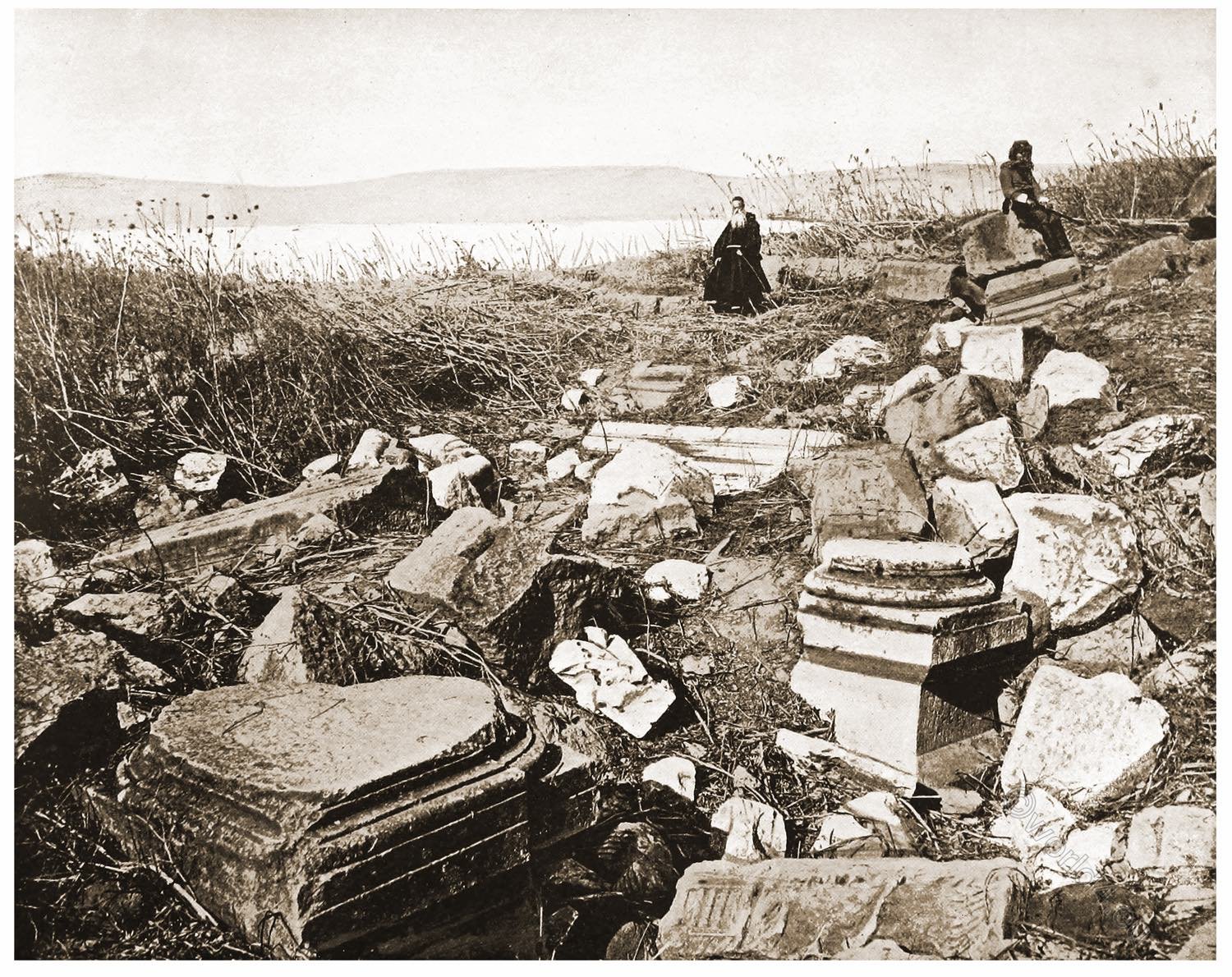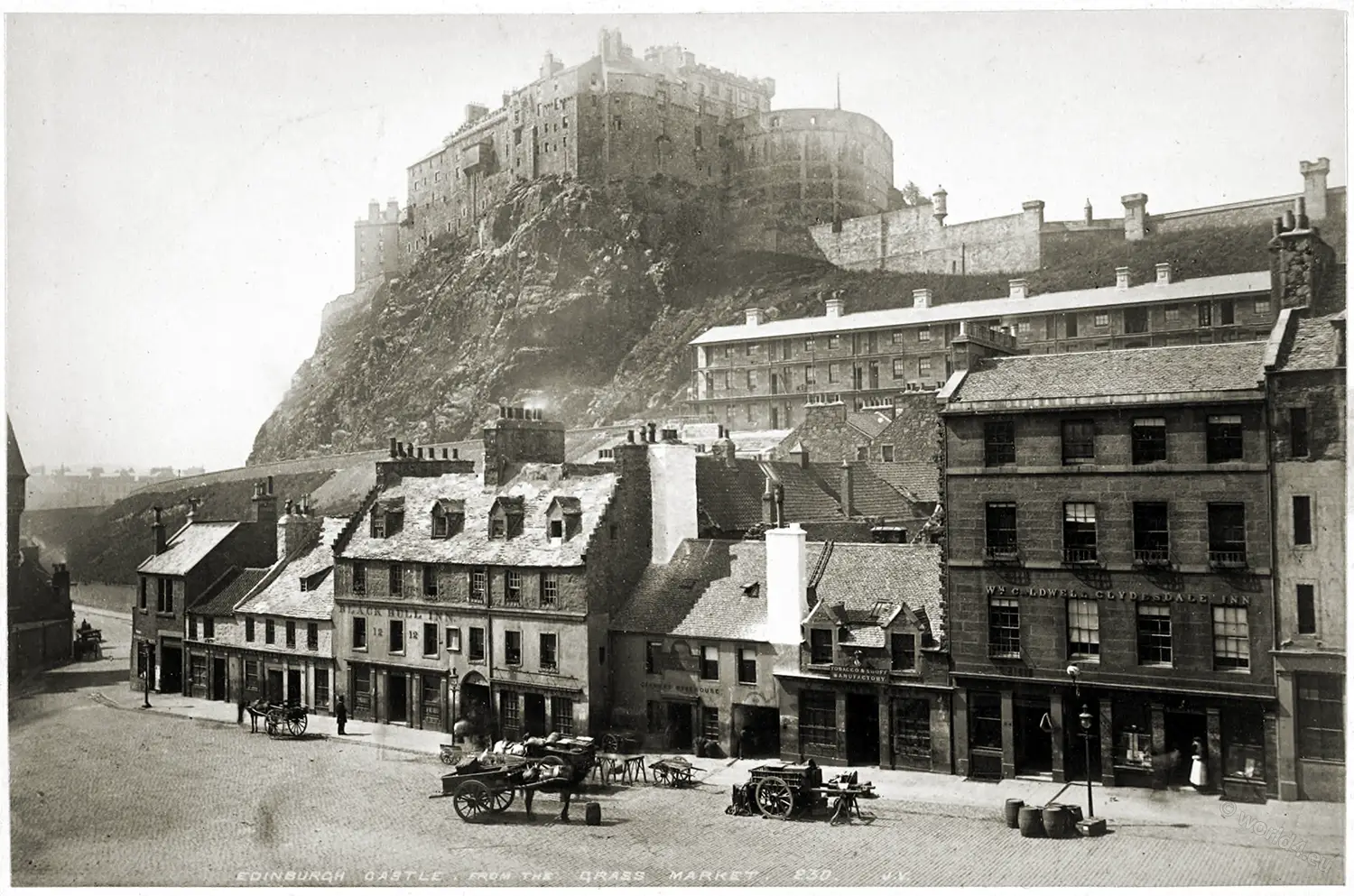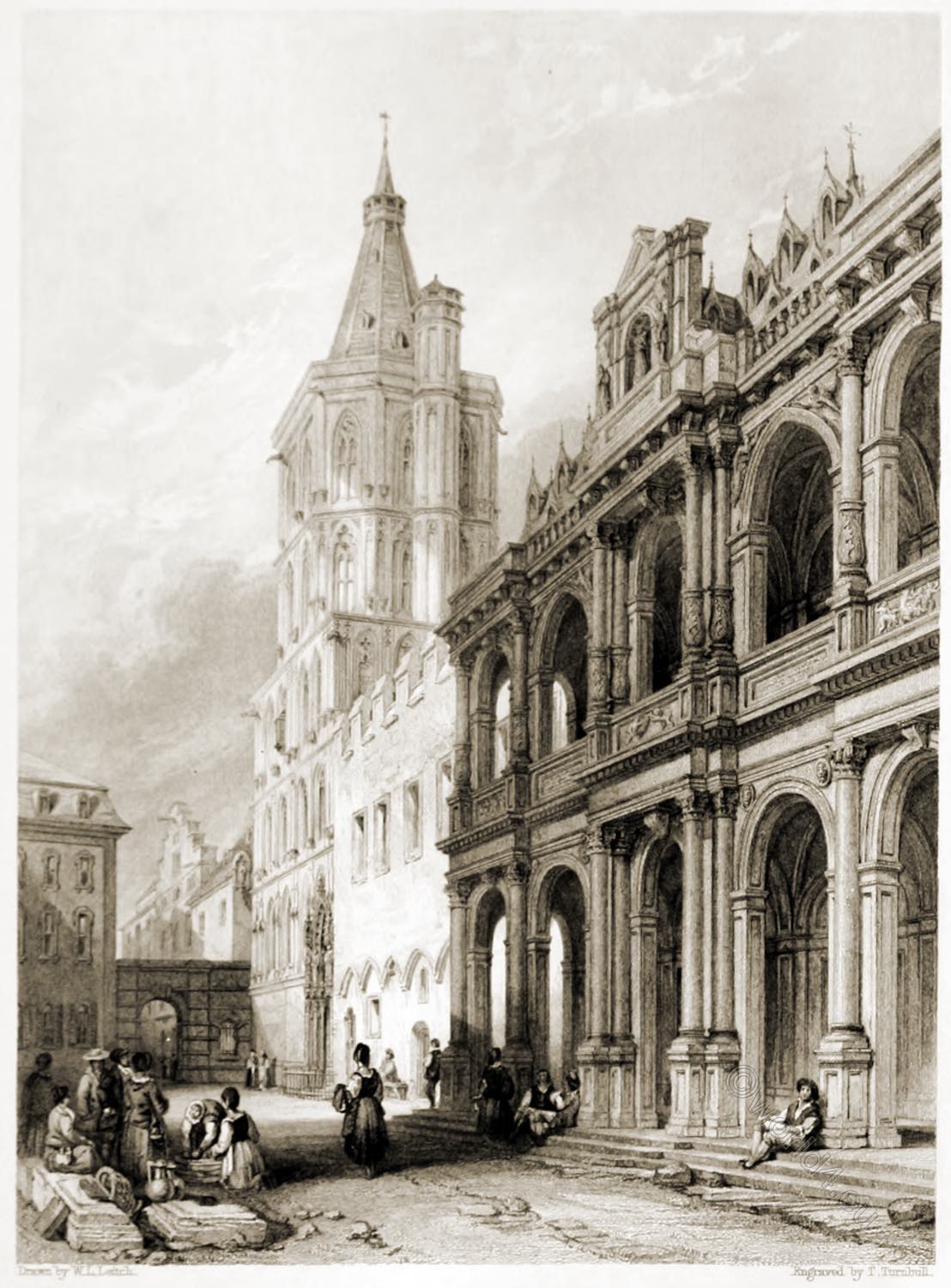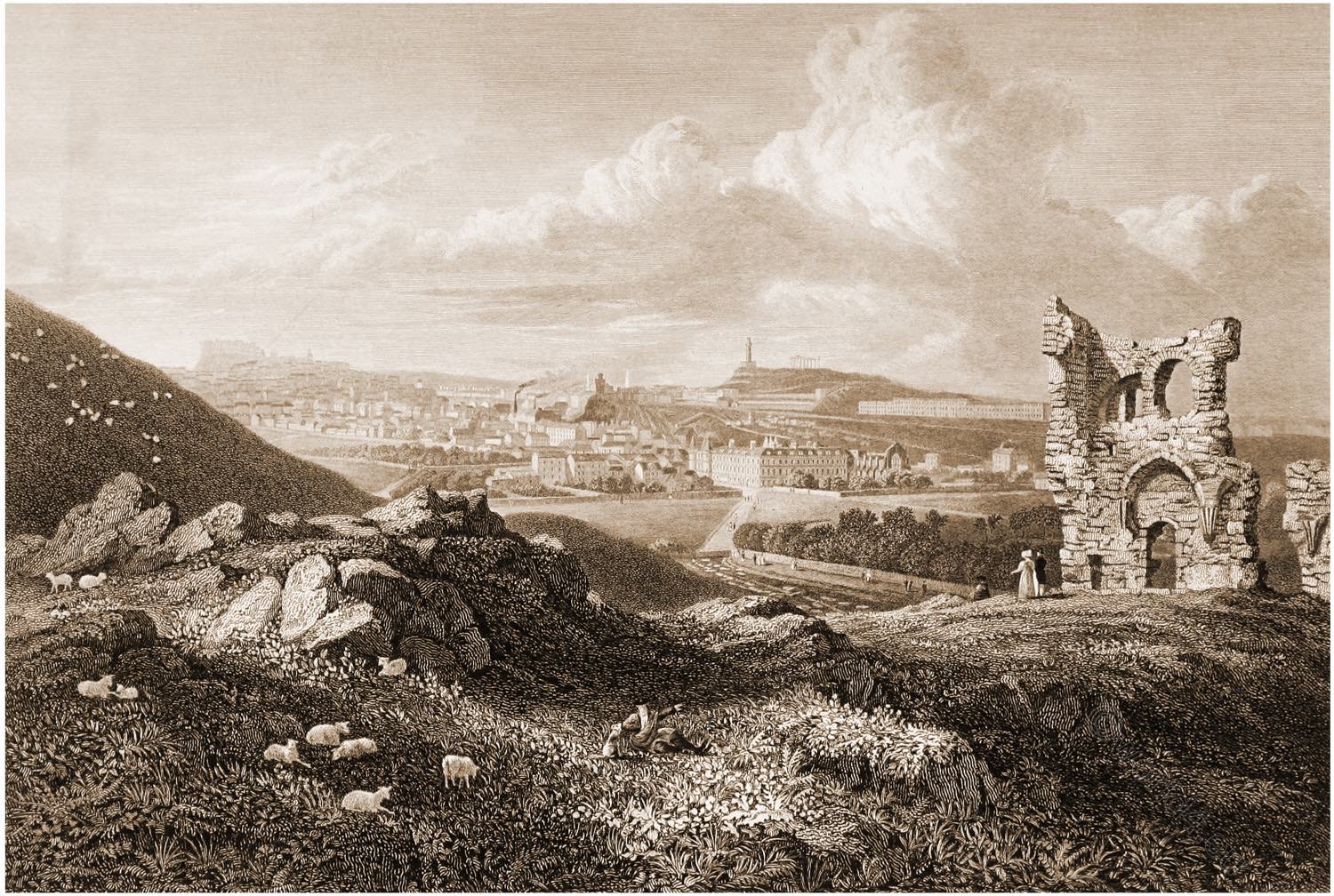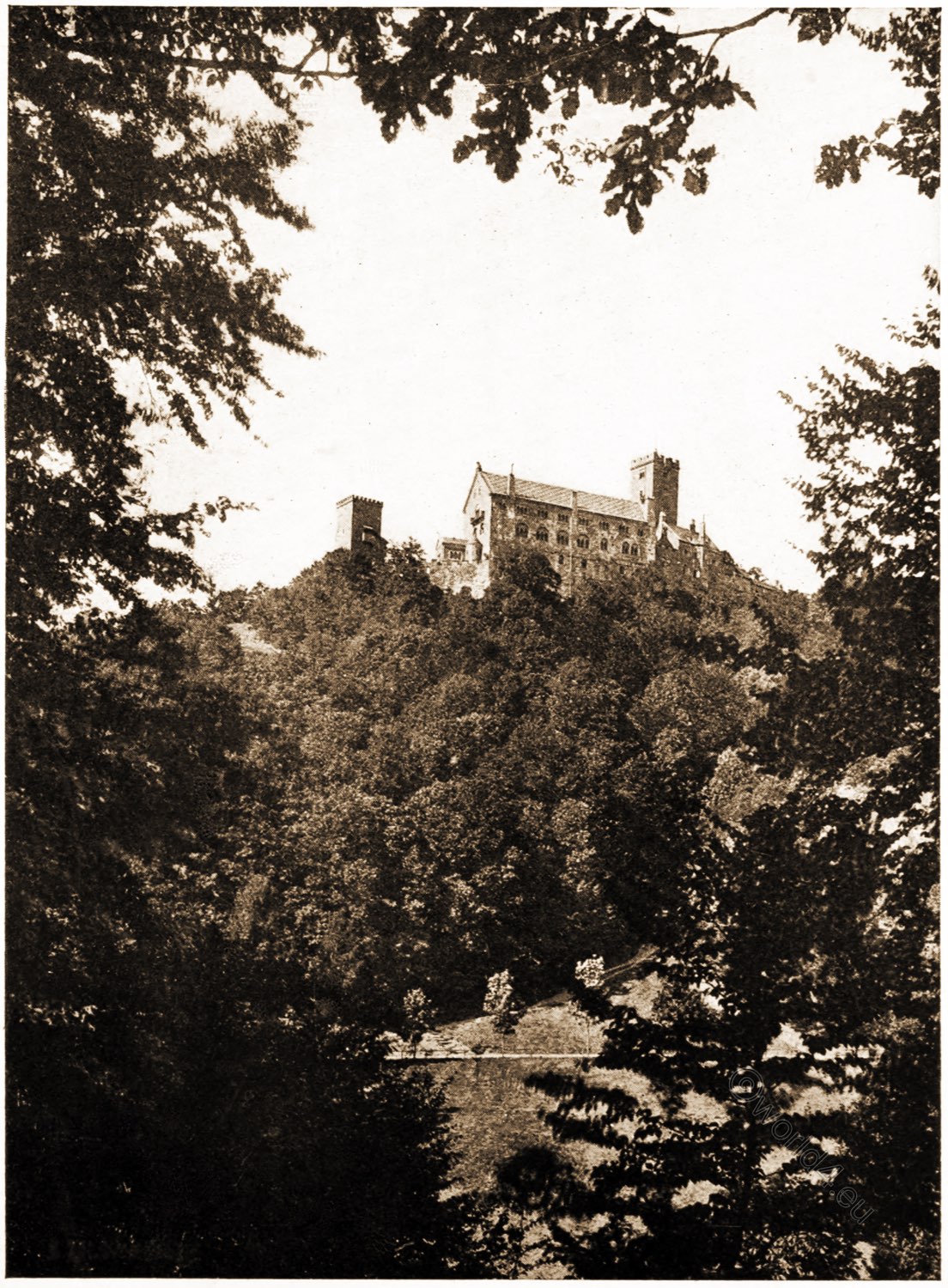The Schönburg castle ruins on the Rhine, near Oberwesel. The 12th century hilltop castle was destroyed by the French during the War of the Grand Alliance (The Nine Years’ War 1688–1697) in 1689.
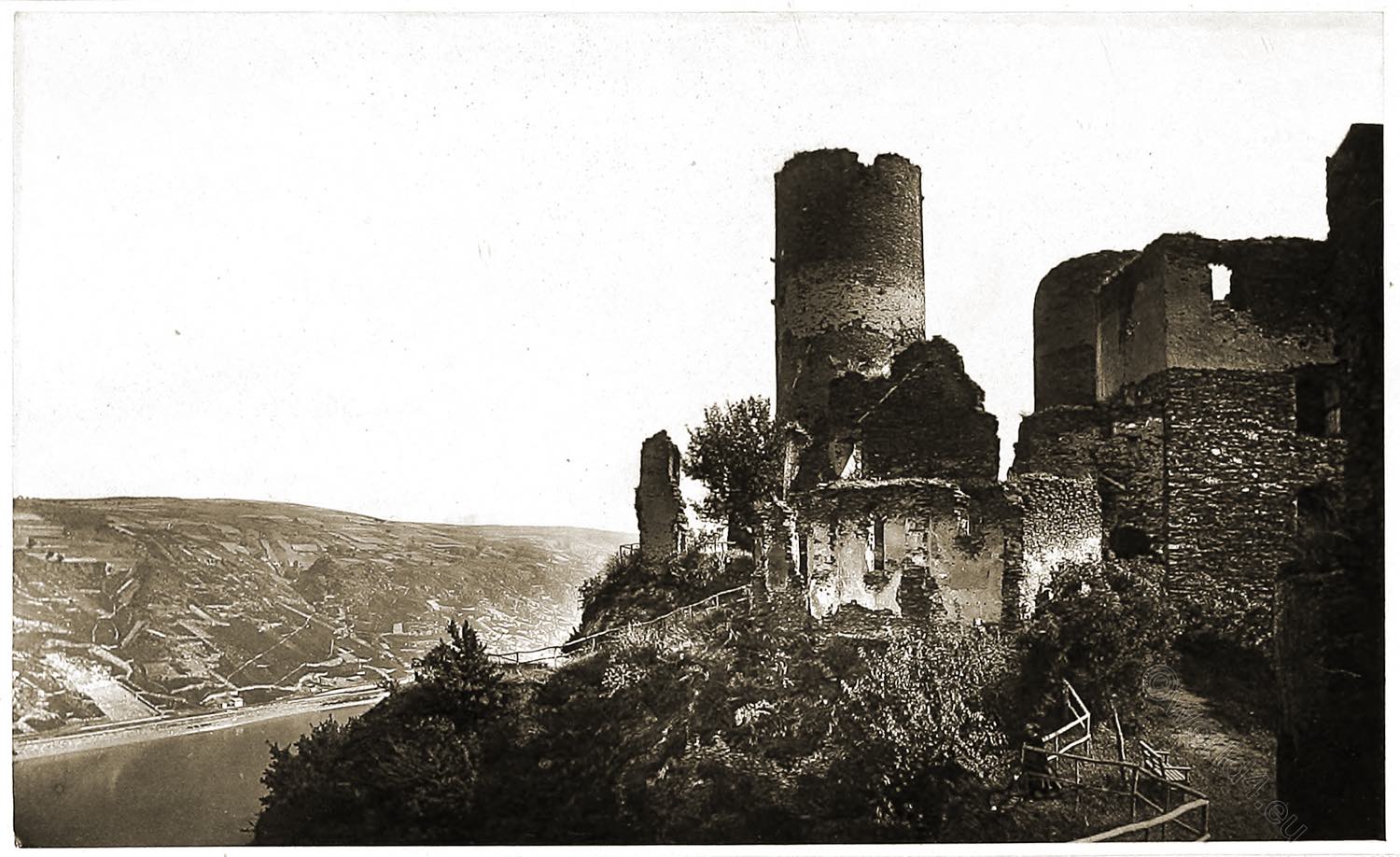
RUINS OF SCHOENBURG, NEAR OBERWESEL, ON THE RHINE.
AFTER passing the broad but somewhat shallow portion of the Rhine which stretches from Mainz (or Mayence) to Bingen in a direction almost due east and west, and in which the channel is divided here and there by several long and narrow islands, the traveller finds the course of the river alter to the north-west, while the river itself is narrower, and its banks steeper.
Leaving Lorch and Caub behind him on the right bank, and Bacharach, almost midway between them, on the left, he approaches Obenwesel, which is also on the left bank. This is a charming little town, one of the gems, in fact, of the Rhine, picturesquely situated amid beautiful scenery, and possessing two architectural attractions in the Ochsenturm, a castle by the river-side with battlemented walls and a high round watch-tower; and the Liebfrauenkirche, or Church of Our Lady, just beyond the limits of the town, presenting in its roof, porches, rood-loft, and altar-piece, many exquisite studies of mediaeval Gothic art and architecture of the fourteenth century.
Attached to this church is a side chapel, in which are many monuments and tombs, not remarkable for beauty of design and careful execution, but interesting from the fact that they are erected to the memory of various members of the Schönberg or Schomberg family, one of whom, the famous Frédéric Armand, Duc de Schomberg and Marshal of France, quitted, immediately after the revocation of the Edict of Nantes, the country for which he had fought so bravely accompanied William of Orange to England in 1688, and, two years later, fell at the battle of the Boyne in the hour of victory.
About half a mile above Oberwesel, on the same side of the river, are the ruins of the old castle of Schönberg, from which the Schombergs derived their family name. It stands on a height close to and commanding the river, and all who visit its crumbling walls are amply repaid by the view that is gained both up and down the river. The front towards the river is flanked on either side by a round tower, a conspicuous feature in every Rhenish castle of the period, as forming a vantage-ground for espial on the river and all that passed up or down.
It takes its name — Schönberg or Beautiful Hill — from the picturesque appearance of the eminence itself and the views on either side that are obtained from it. Tradition, however, assigns a different and far more romantic origin to the name, which is derived, as the story goes, from the seven beautiful daughters of a knight who once owned and held the fortalice and who was an ancestor of the hero of the Boyne. The bright eyes and fair faces of the seven ladies of the hill caused them to be sought in marriage by almost every unwedded knight who chanced to look on them, but each sister steadily and scornfully refused to listen to the vows and promises of any of those who aspired to her hand, and at last for their obstinacy and obduracy of heart the seven merciless sirens were changed into seven rocks, that show just above the surface of the stream near Oberwesel when the water is very low.
On many points about which it would interest one to be informed—namely, how, when, and by whom the young ladies were thrown into the Rhine, and by what agency each fair and beautiful form was metamorphosed into a black and ugly rock, tradition is altogether silent.
Source: Treasure spots of the world: a selection of the chief beauties and wonders of nature and art by Walter Bentley Woodbury (1834-1885); Francis Clement Naish. London: Ward, Lock, and Tyler, Paternoster Row, 1875.
Continuing
Discover more from World4 Costume Culture History
Subscribe to get the latest posts sent to your email.

